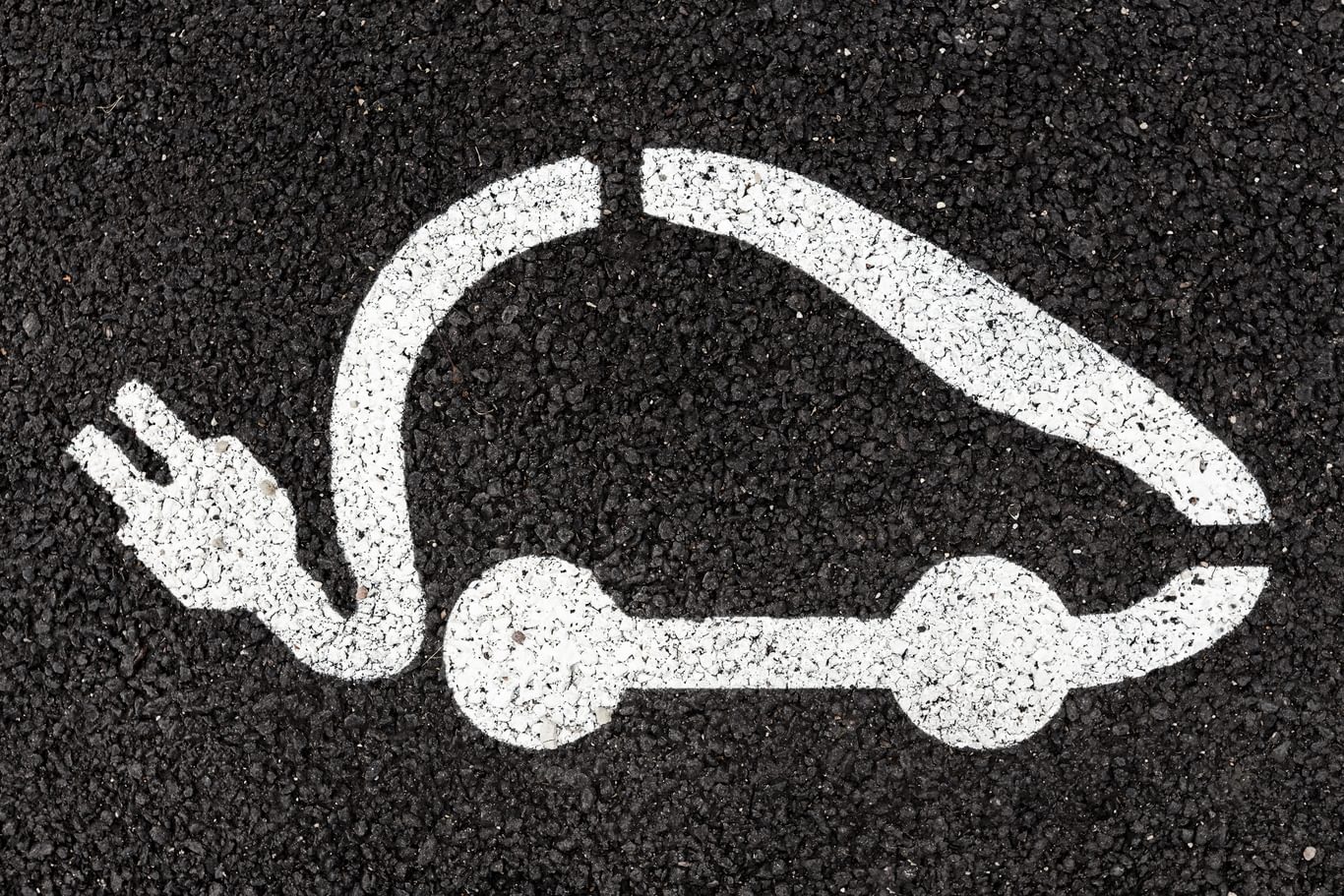
Designing schemes that cater for electric cars
With the prevalence of plug-in electric vehicles (EVs) increasing, and with pure combustion vehicles to be banned in the UK after 2040, modern building design will have to take this relatively new technology into account in the coming years. The UK Department of Transport (DoT) is currently proposing that it be compulsory for all newly built houses, apartments and offices to have external charging points installed.
EVs are powered by a battery-driven motor, which can generate most or all of the necessary power required. These obviously require a source of electricity for recharging, and the charging requirements can differ by vehicle – fully electric vehicles have less range than hybrid vehicles which are still partly powered, if necessary, by fossil fuel sources.
There are now over 30,000 charge points across the UK and it will soon become commonplace for vehicles to be charged at the owner’s home, at the office, in the hotel or shopping centre car park, or at lampposts along the street (a third of British homes have no off-street parking, and proposals have been put forward by the DoT to retrofit lampposts to cater for off-street parking).
That brings a number of challenges for designers and contractors – in particular, how to distribute electricity efficiently within a built environment in a way which avoids the grid being overloaded by demand at key points (such as if everyone charges their cars as soon as they get home from work). Variables such as the differing needs of, for example, taxis, freight lorries and urban run-around cars, will need to be considered also.
It is anticipated that a standardised charging infrastructure will take shape once proposed government legislation, in the form of the Automated and Electric Vehicles Bill, is passed. This will assist designers and developers in building with electric cars in mind.
Building design needs to be future-proofed for EV charging now – we need to build in a manner which allows adaptation to future EV charging requirements – making sure that the size and format is correct, building in methods of efficiently storing energy to avoid grid overloading and researching the best battery storage technology.
Owners of new buildings which do not incorporate this technology will very quickly find that they need to be expensively retrofitted – and that would be a major failure on the part of today’s developers and designers. By building with EVs in mind right now, a lot of unnecessary cost and hassle can be avoided.